At the foot of the monument of Ba Hon Historical Relic - Scenic Area (Tho Son Commune, Hon Dat District, Kien Giang Province), I bowed and offered a bouquet of fresh flowers to the tombstone engraved with the image and name of the heroine Phan Thi Rang.
With all respect, I recall the lines in "Hon Dat": There, she is smiling softly and quietly. There, her slender oval face is opening her beautiful, sincere eyes. There is her silky hair that everyone in Hon Dat is proud of...
Fiction and real life
On an area of several hundred hectares, the Ba Hon Historical Site - Scenic Area (Hon Dat, Hon Me, Hon Queo) is the place where the sea and the mainland meet. Nature has created for these islands a system of hundreds of interconnected caves and tunnels, creating an ideal defensive position for the unequal battles in the war against America.
This is where battles lasting many days and nights took place between us and the enemy, and the People's Armed Forces Hero Phan Thi Rang heroically sacrificed her life in one such battle.
Portrait of martyr - Hero of the People's Armed Forces Phan Thi Rang
On the top of Hon Cave, looking around, you can see the green of the trees and fruits, the wind from the sea carries a salty scent as if whispering endless stories. The first time standing on Hon Dat, the heroic land that has become legendary, each sentence, each word in the novel of the same name by writer Anh Duc came back to you as if present in real life: Sister Su loved this place so much, where she cried for the first time, where the sweet and ripe fruits made her skin rosy. Right on this land, her mother sang her to sleep... Right here, she raised her small fist to salute the Party flag...
I stood silently beside Phan Thi Rang’s grave for quite a while, listening to the wind blowing through the cave, and I imagined her resolute and indomitable words in the past, in the face of the brutal enemy’s tortures that tore her flesh and bones to pieces. Her grave lies at the foot of Hon Cave, leaning against the cliff, facing the road where the bustling Tho Son market is located. In front of the grave is a large lake with many lotus flowers. Looking at that scene, it is hard to imagine that this place was once flat land, plowed by the enemy with thousands of bomb craters close together.
On the way here, I asked about the tomb of the heroine Phan Thi Rang, some people shook their heads, saying they didn't know. When I met an old man in a small tea shop by the Kien Binh River, I was given detailed directions. "Are you asking for directions to Su's tomb? Go another 2 km, there is a road turning to the West, go straight towards the island for about 10 km more and you will arrive there" - he enthusiastically said.
Tomb of heroine Phan Thi Rang (Ms. Su) in the Ba Hon Historical and Scenic Site
In the land of the heroine Phan Thi Rang, people understand that Ms. Rang is Ms. Su in the literary work "Hon Dat" and Ms. Su is a real-life character. Also on the way, I passed by a school named Phan Thi Rang, with a small line of text below: Ms. Su. In the memorial house of the Ba Hon Historical Site - Scenic Area, under the photo of martyr Phan Thi Rang, there is also a simple note: Ms. Su.
Still brave to death
Xam's hand faltered, panting. He glanced at the blade, doubtful. But this was not because the American blade was not sharp! It was because Ms. Su's hair was too thick. It was because the blade touched the most beautiful hair, the hair of a twenty-seven-year-old girl, both smooth and thick, consisting of thousands of strong strands hanging from the top of that indomitable head down to those indomitable heels...
Standing in front of the portrait of Ms. Phan Thi Rang, looking at her determined eyes and thick black hair, and then thinking of the vivid, life-like sentences in the work "Hon Dat", even the most stubborn person would find it hard to hold back their tears.
The literary work describes Ms. Su as dying at the age of 27, but in real life, Ms. Phan Thi Rang died at the age of 25 - the most beautiful age of an unmarried woman. In reality, Ms. Phan Thi Rang had just gotten engaged and had never held her lover's hand when she died because of the fierce war. In the novel, Ms. Su's husband went to the North, she stayed home to raise her children and participate in revolutionary activities.
A peaceful corner in Tho Son today
The younger brother of the heroine Phan Thi Rang, Mr. Phan Van My (Sau My) said that she was the fourth child in the family, so at home she was often called Tu Rang. Her hometown is in Luong Phi commune, Tri Ton district, An Giang province, but her name is associated with the heroic land of Hon Dat.
Phan Thi Rang's father died after being imprisoned and brutally beaten by the French colonialists for participating in the Viet Minh. In 1953, her mother remarried Mr. Nguyen Van Ho, the manager of Military Factory 18, and brought her children to live with him in Binh Son commune, Hon Dat district.
After the Geneva Agreement, on July 20, 1954, Mr. Ho, his eldest son and Ms. Tu Rang's younger brother gathered in the North. Because of fear of enemy revenge, from the end of 1954, she, her mother, Sau My and her youngest brother Binh Son had to wander to many places. With a Singer sewing machine bought with the money left by her uncle Ho, she worked as a seamstress, helping her mother raise her younger brother...
In 1957, the mother and her four children returned to Tri Ton, and then Tu Rang was introduced to the Nui Dai Party Cell by her uncle. Mr. Sau My said that the photo of Tu Rang on the tombstone was taken when she was just 20 years old. From then on, she took on the alias Tu Phung.
To avoid being tracked by the enemy, Ms. Tu Phung had to constantly change her area of operation in the Ha Tien area, but always brought with her Sau My and the sewing machine. At the end of 1958, she was transferred back to Binh Son to do youth mobilization and liaison work. After that, she was sent to attend a maternity class, then assigned to work as a district women's cadre...
In January 1962, the enemy gathered more than 2,000 troops and launched a long-term campaign to attack the Ba Hon base area. Ms. Tu Phung acted as a liaison between units in the base area and organized and mobilized the people to fight, coordinating with military activities... causing the enemy to fail and abandon the sweep.
At dawn on January 9, 1962, on her way to carry out her mission, less than 50 meters from the meeting point with her comrades, Tu Phung fell into an enemy ambush and was captured. Among the enemy soldiers were two recruits, Captain Khen (Lieutenant Xam in the novel "Hon Dat") and Tao, they recognized her as Tu Rang.
They hung Ms. Tu Rang from a tamarind tree to torture her, forcing her to reveal the hiding places of her comrades and revolutionary bases. Unable to get any information, they took her to the foot of Hon Dat mountain, hung her from a mango tree using her own hair, stabbed her all over with sharp stakes, cut off her ears, and sliced off her flesh...
Despite the extremely barbaric torture, Ms. Tu Rang did not confess or beg. At around 2:00 p.m. on January 9, 1962, she died at the age of 25...
"If I die, you die too"
"People who worked with Ms. Tu Rang and the people of Tho Son said that when the soldiers captured her, they took turns torturing her, asking her where she lived, who was in charge, who she knew, how many people she lived with... They hung her from a tamarind tree, and beat her with the butt of their guns like they were beating a bag of chaff. When she fainted, they splashed soapy water to wake her up and then continued to beat her.
Ms. Tu Rang did not confess but shouted straight into Khen's face: "If I die, you guys will die too!", then she breathed her last that afternoon. When she died, they used her long, thick, silky hair to hang her on a tree for 3-4 days to wait for someone to come and get her body and shoot her. Until now, the people of Tho Son and her teammates and comrades cannot hold back their tears when recalling the moment she died" - Mr. Sau My sadly recalled.
According to DUY NHAN (Nguoi Lao Dong)
Source link


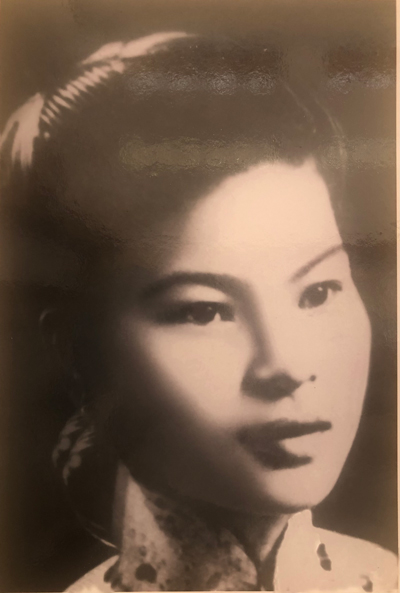
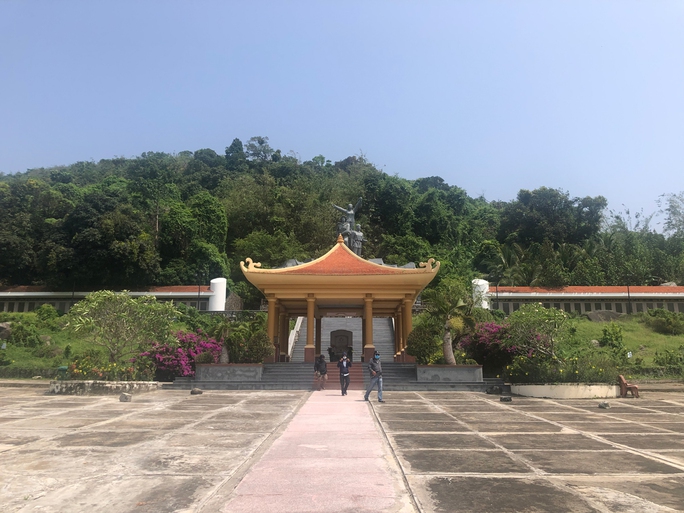
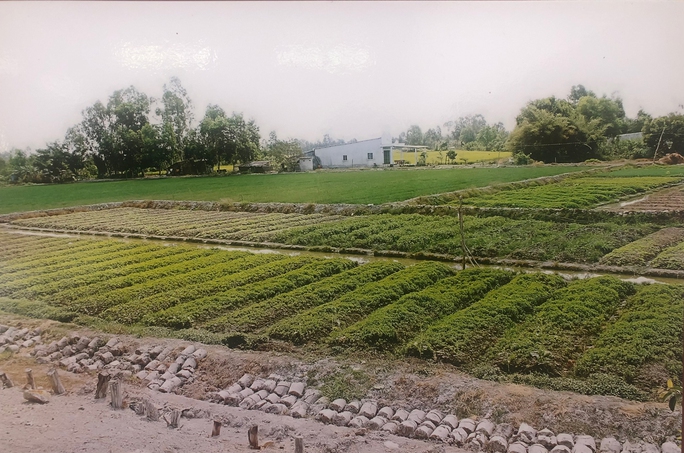

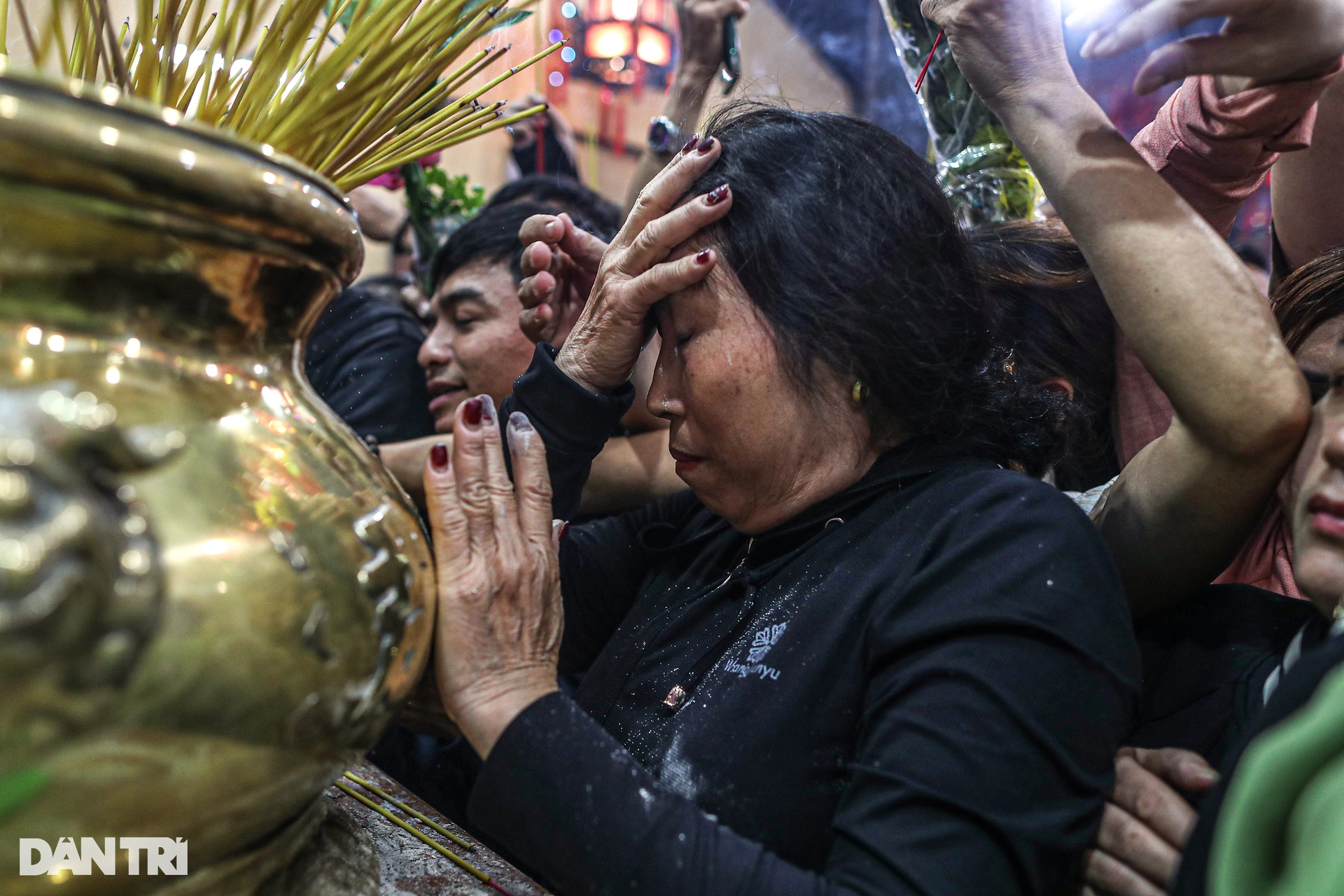
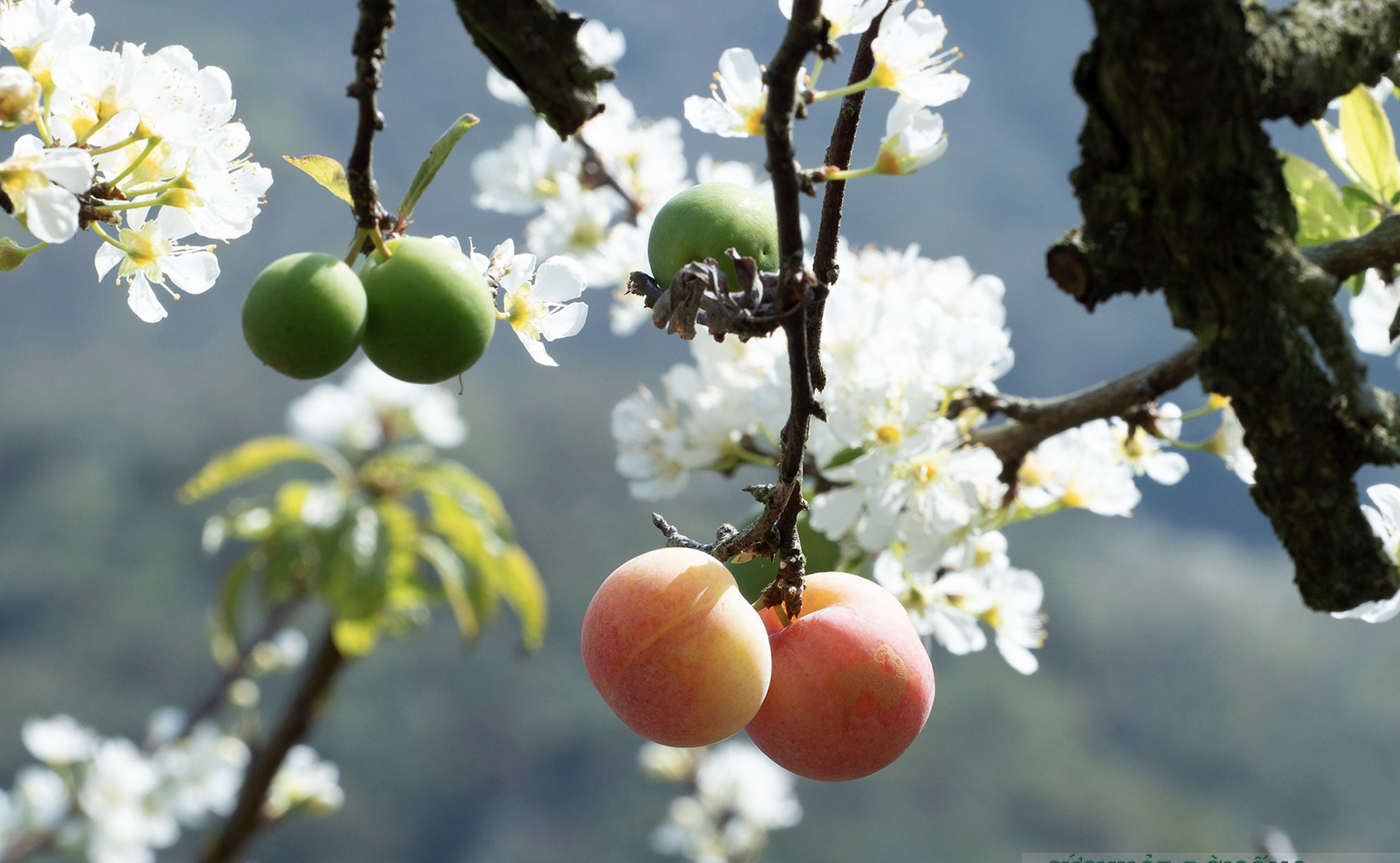
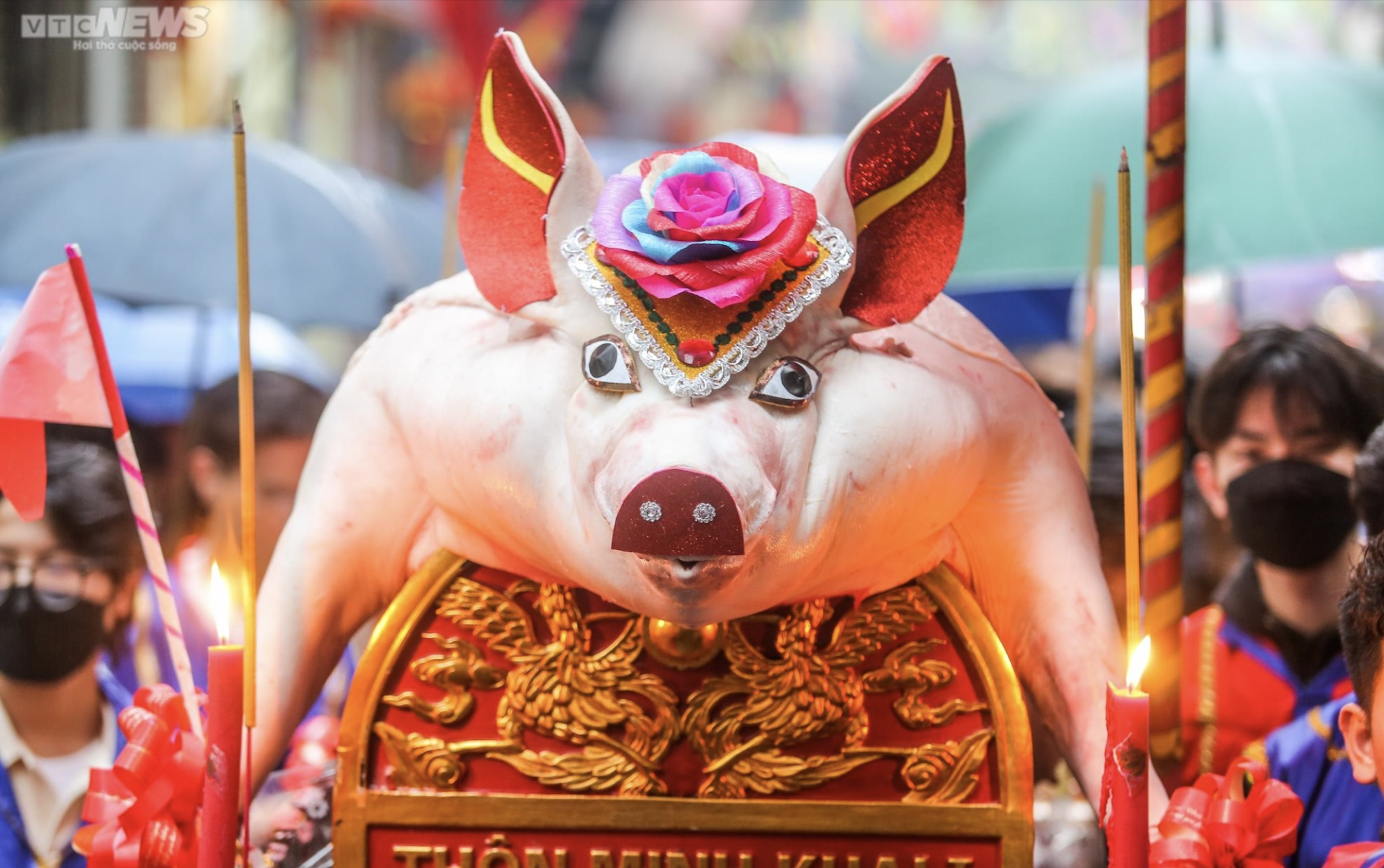


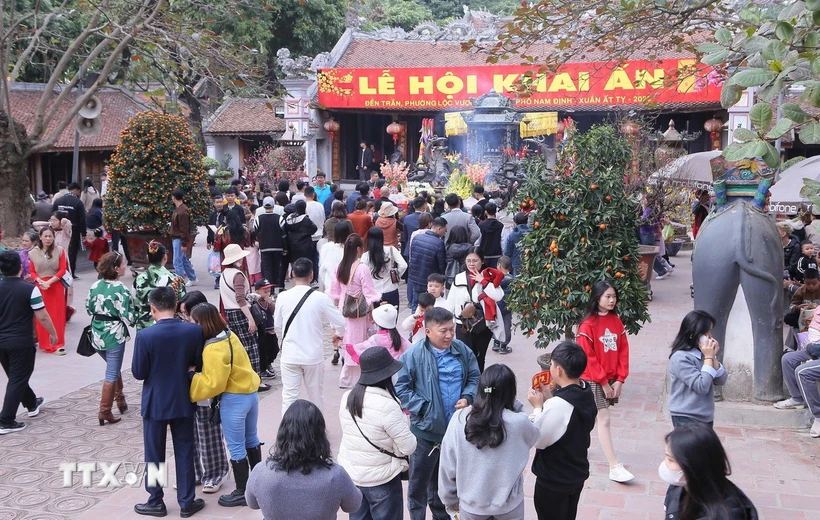























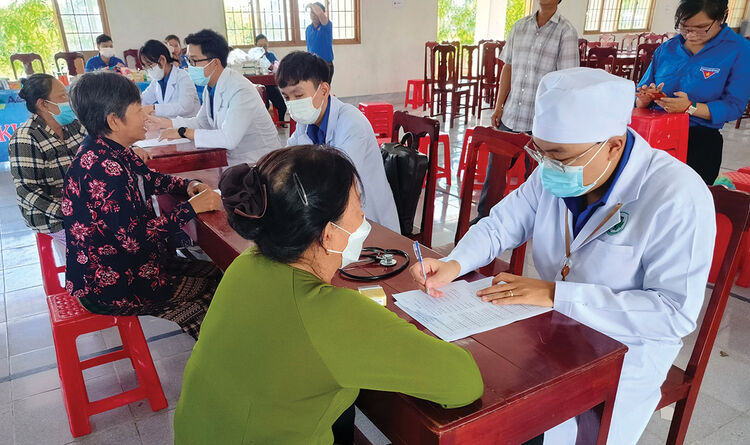
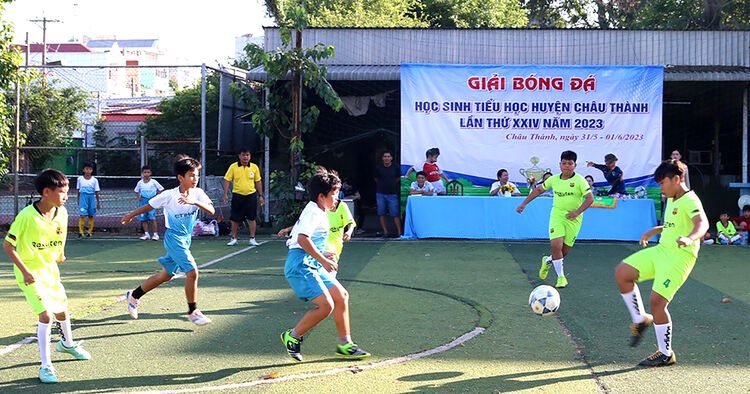
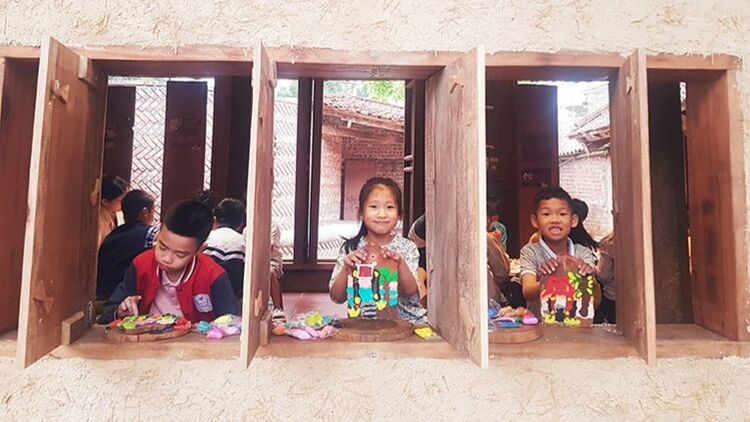
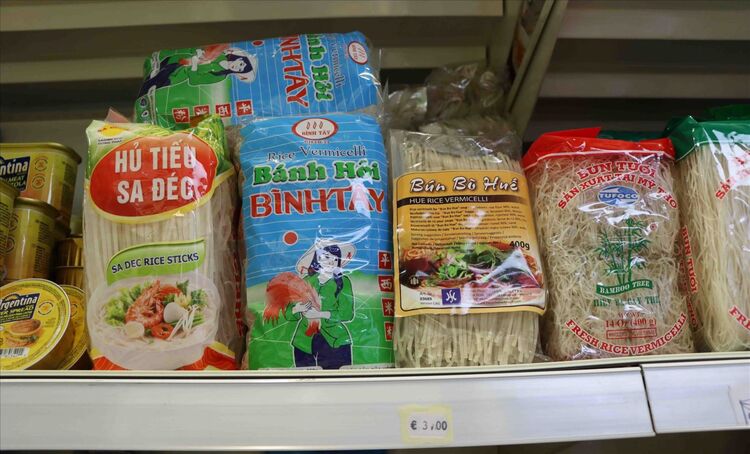

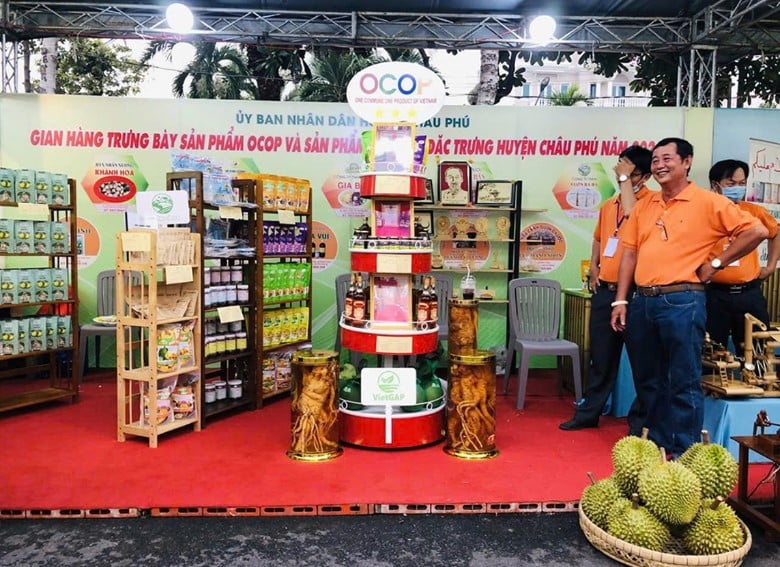
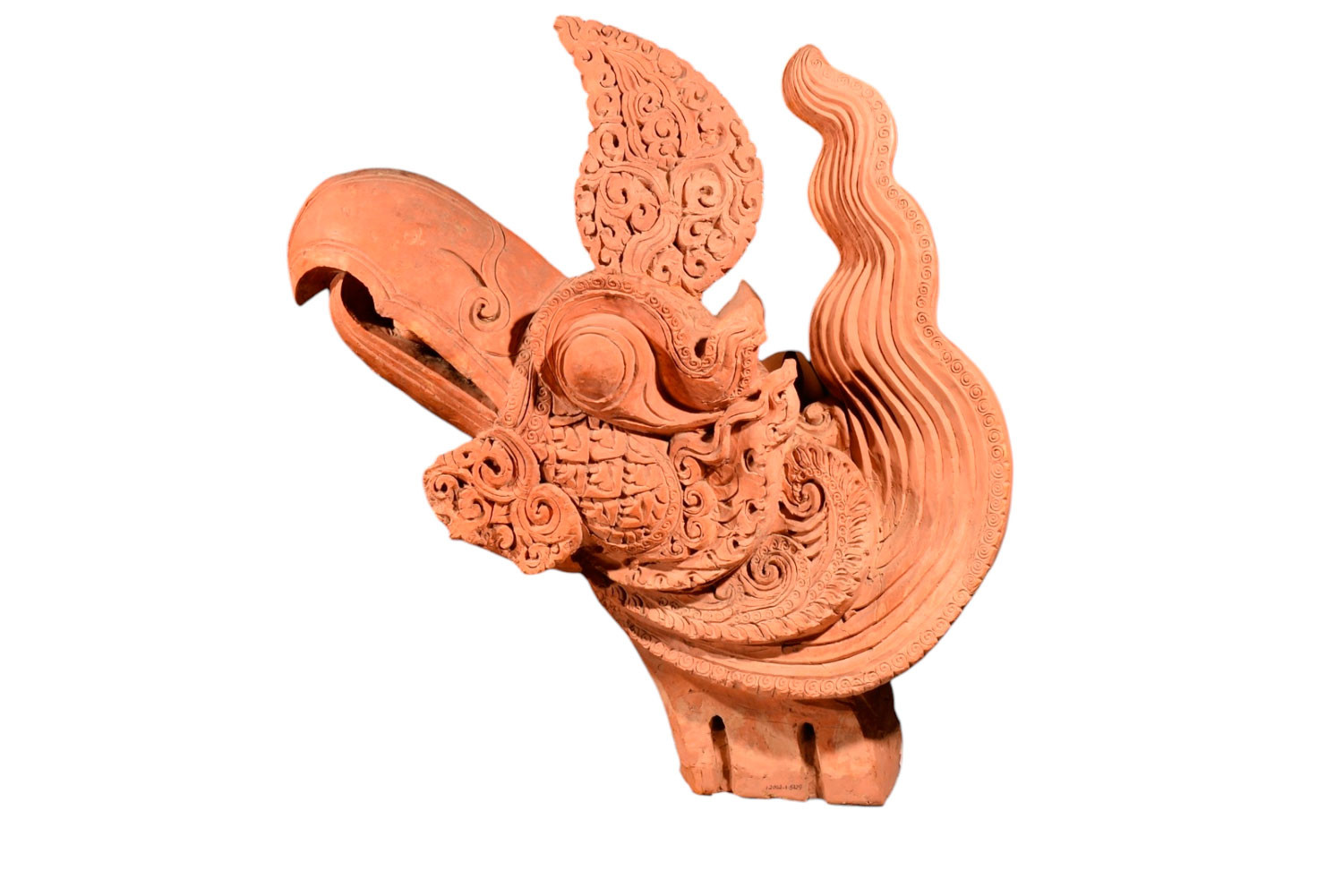
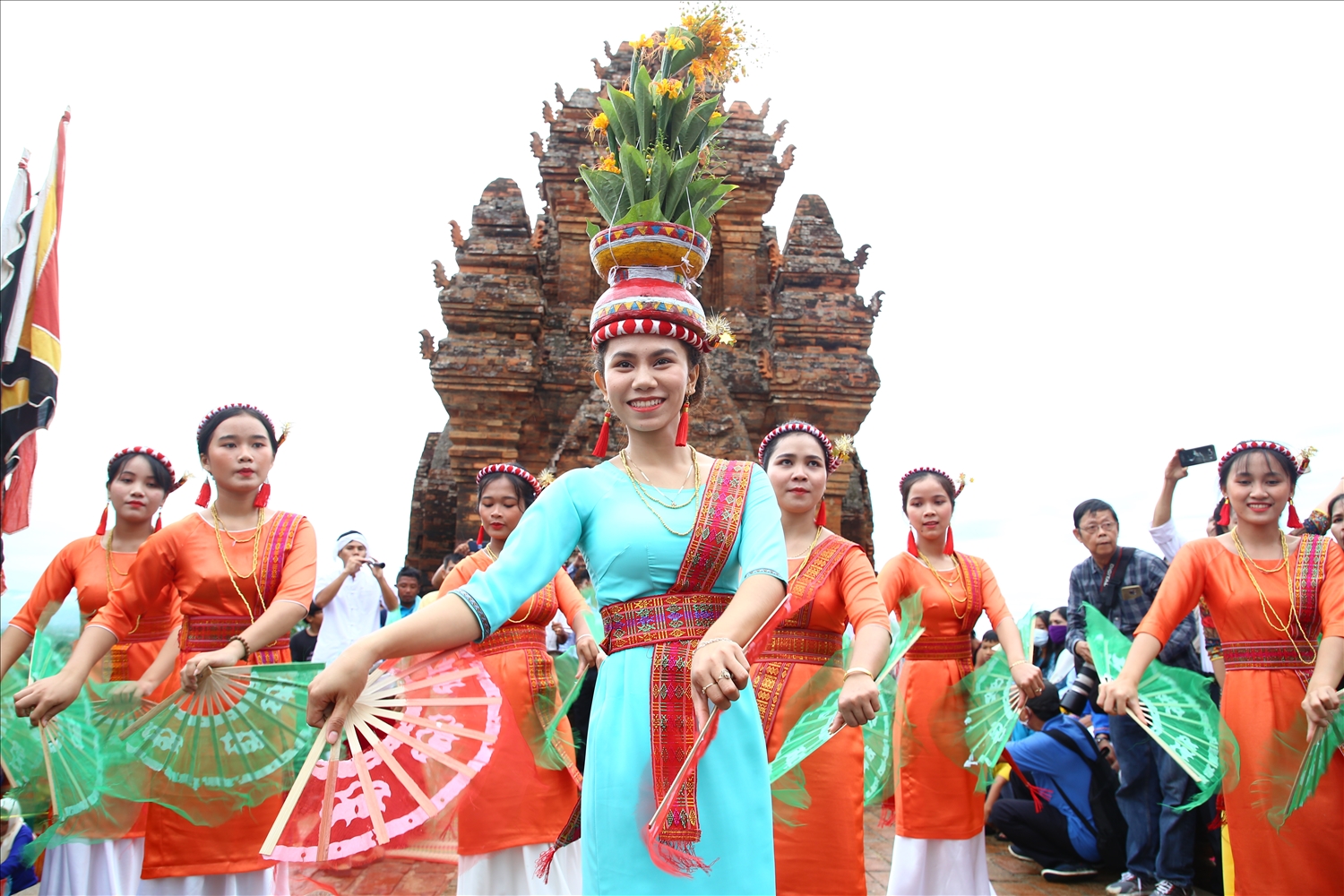
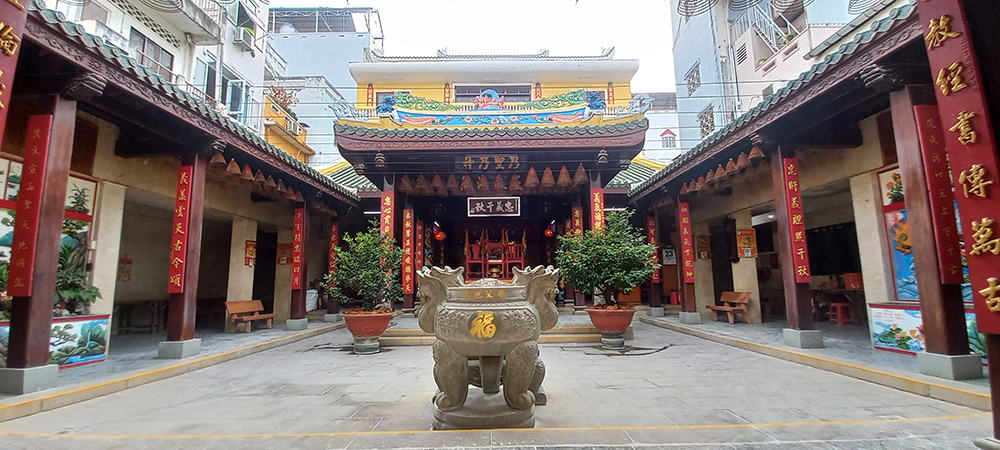
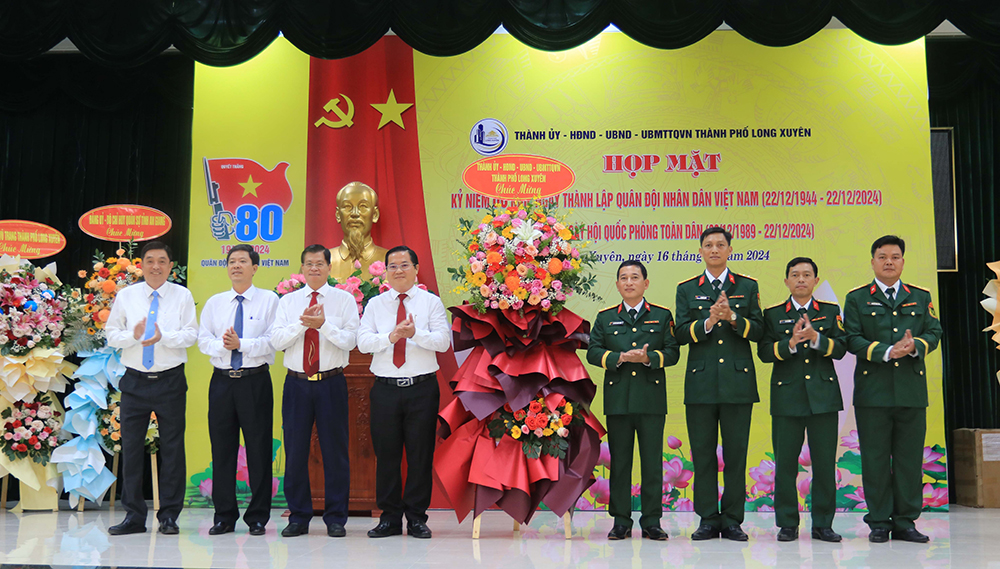
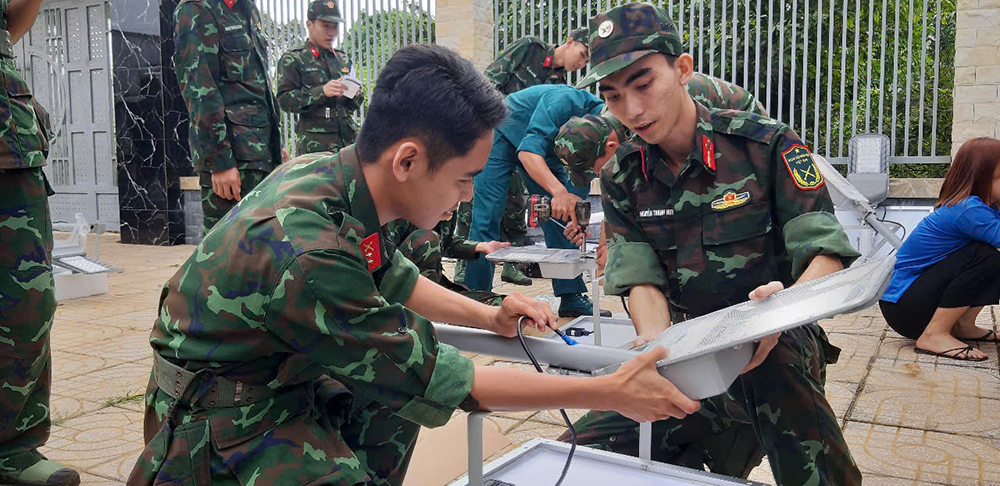


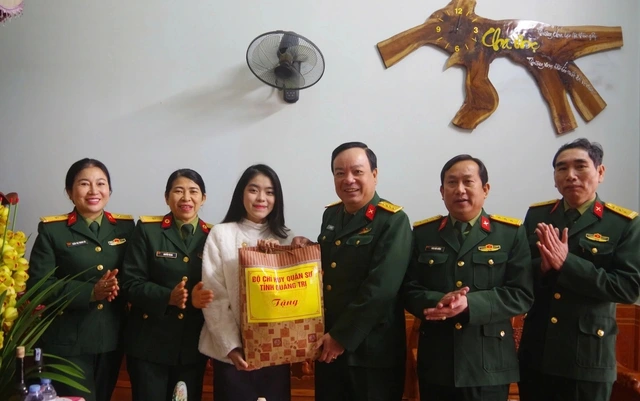

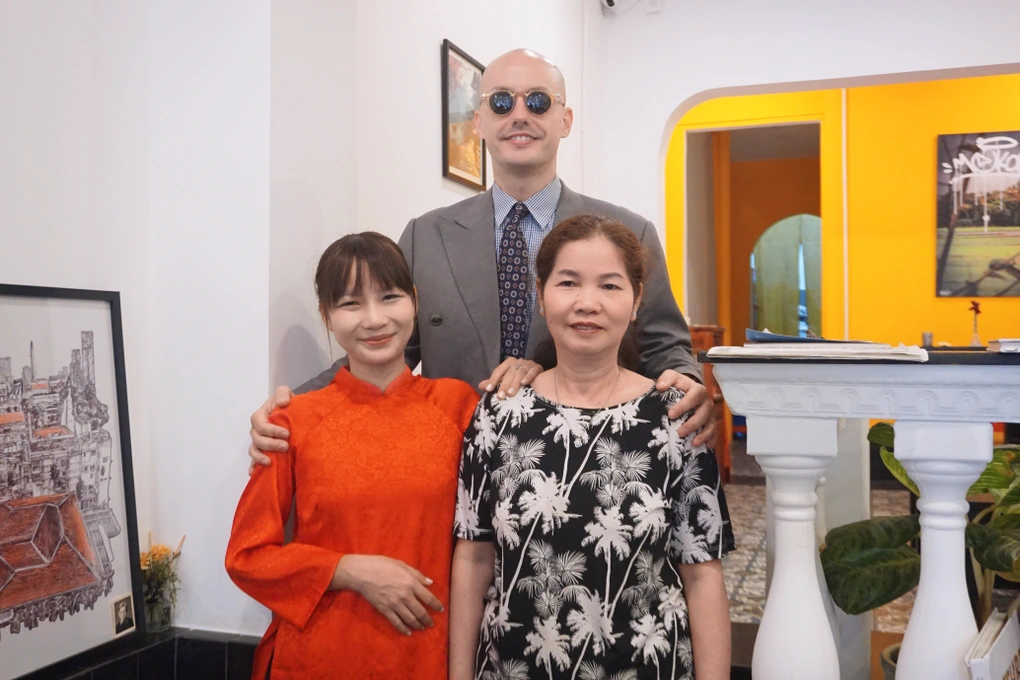

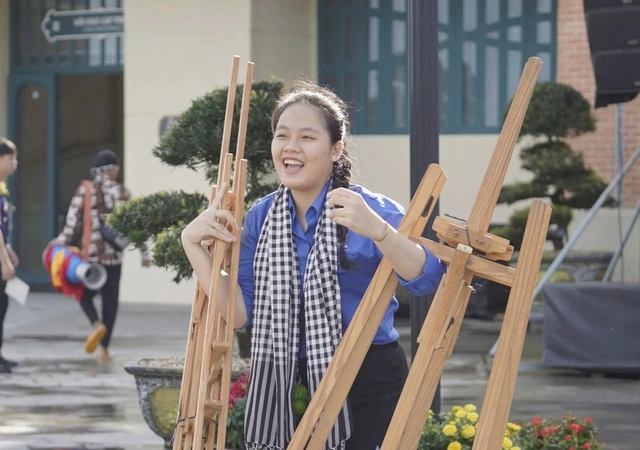


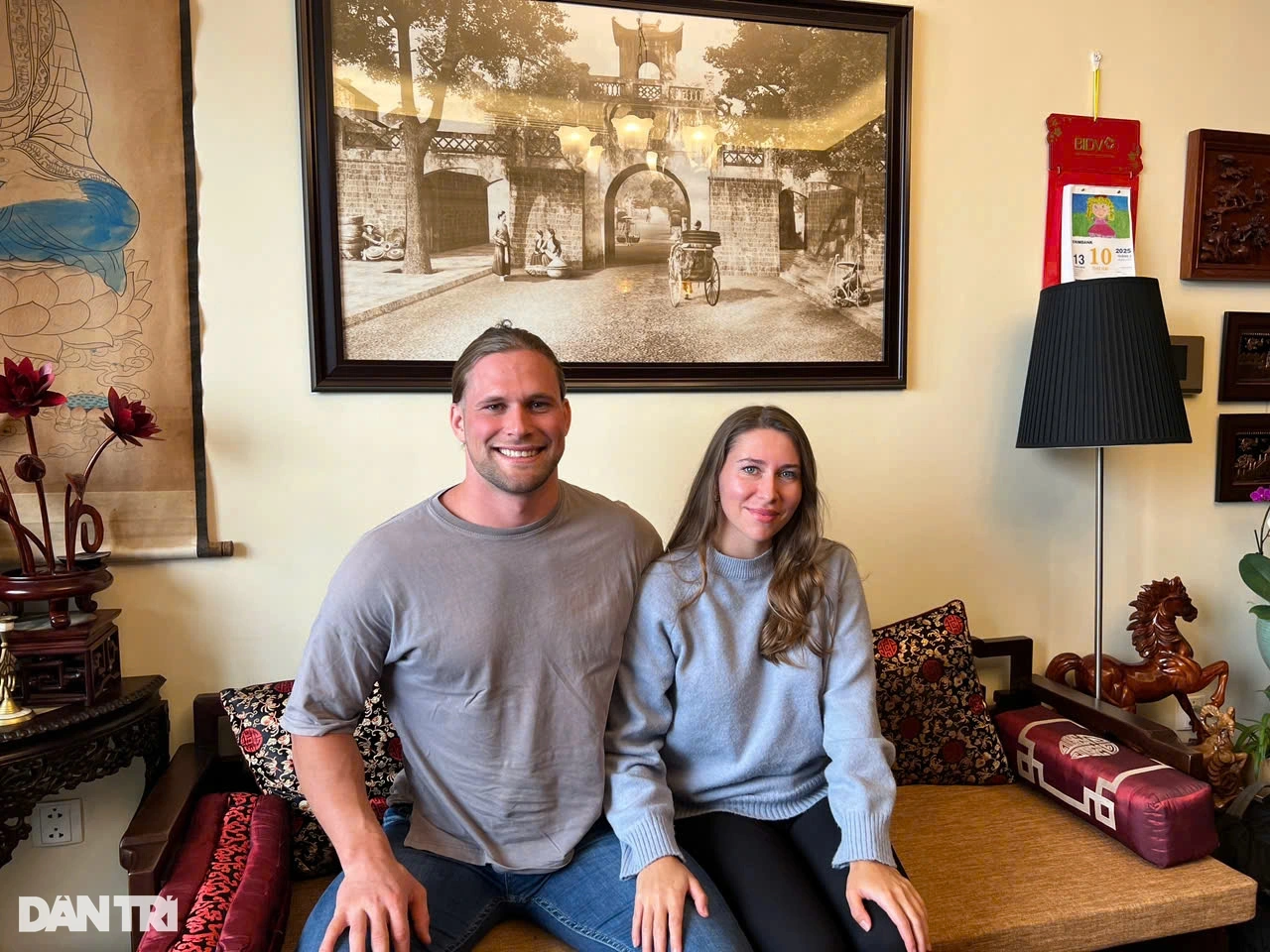




Comment (0)